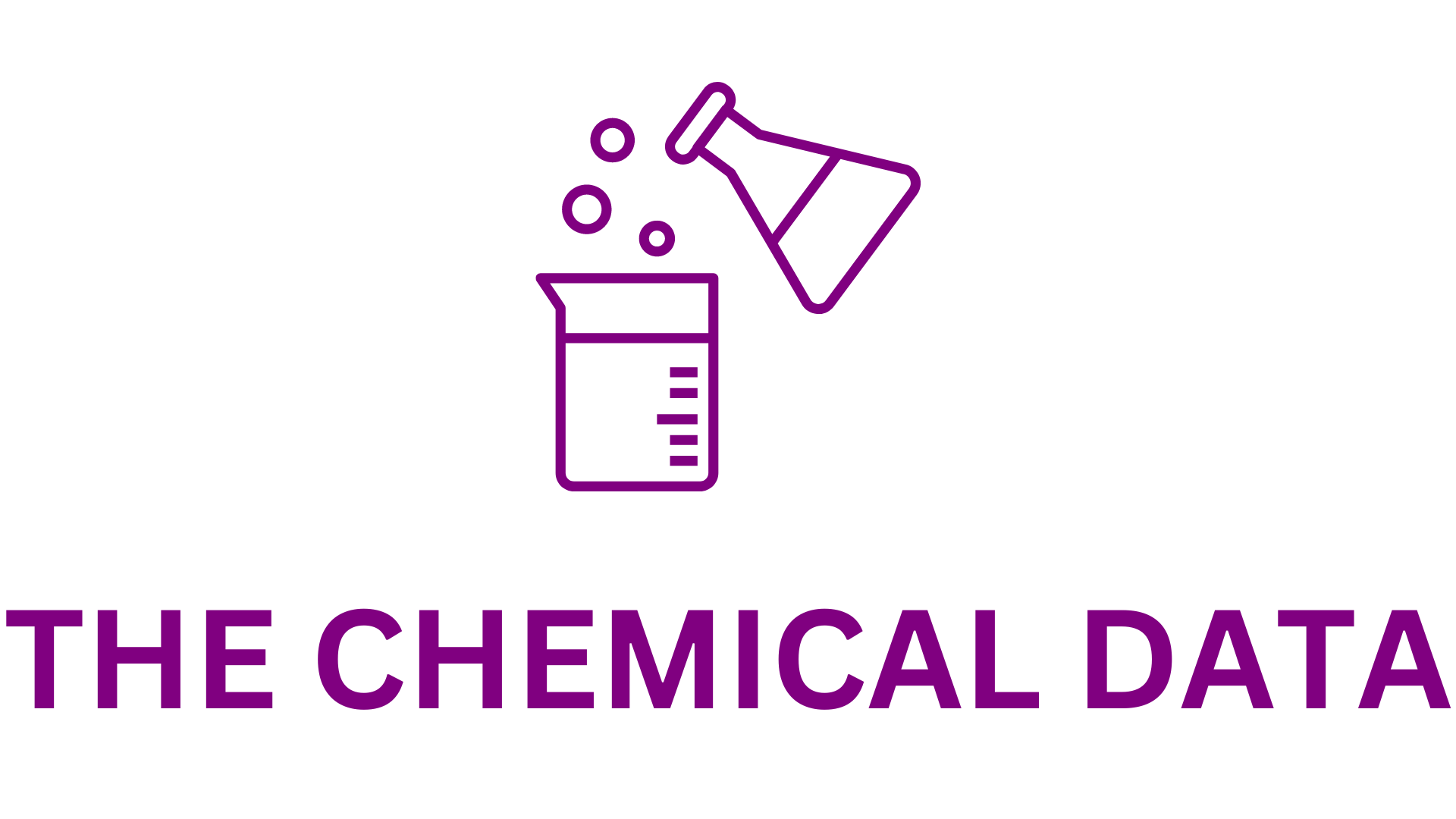
U.S. Plastics Pact Releases Guidance on Recycling Technologies to Support a Circular Economy
The U.S. Plastics Pact (USPP) has issued a comprehensive new position paper outlining the role that physical and chemical recycling technologies should play in a circular plastics economy. The guidance seeks to provide clarity for policymakers, recyclers, brands, and other stakeholders about how emerging recycling solutions can fit into the broader sustainability system—without undermining waste reduction, reuse, or traditional mechanical recycling.
The USPP, a collaborative initiative uniting the full plastics value chain, developed this position after months of extensive consultation, literature review, and expert analysis. Its goal: to help stakeholders make decisions grounded in science, transparency, and shared responsibility while addressing the challenges of hard-to-recycle plastics.
A Balanced Approach to Future Recycling Systems
USPP leaders emphasize that physical and chemical recycling should neither be viewed as a cure-all nor dismissed outright. Instead, they argue these technologies must be thoughtfully integrated into existing systems to unlock pathways for plastics that currently lack viable, sustainable end-of-life options.
“Too often, these technologies are talked about in extremes—either as a silver bullet or something to dismiss,” said Jonathan Quinn, President and CEO of the U.S. Plastics Pact. “Our role is to bring stakeholders together in a pre-competitive space to wrestle with complex challenges using real-world data. This position paper is exactly what the USPP is designed to deliver.”
The paper asserts that when used responsibly, physical and chemical recycling can support the production of high-quality post-consumer recycled content (PCR), including materials suitable for products with strict performance and safety requirements such as food packaging or medical applications.
Ensuring Complementarity, Not Competition
One of the central themes of the guidance is the importance of ensuring that emerging technologies do not displace established strategies like waste prevention and mechanical recycling—which remain the highest-priority pathways in a circular economy hierarchy.
The paper provides science-based criteria for determining when physical or chemical recycling may be appropriate, emphasizing:
- Material-to-material outcomes rather than conversion to fuels or energy
- Expanding system capability instead of duplicating existing infrastructure
- Transparent environmental performance validated through independent assessments
- Compliance with community protections including emissions controls and worker safety
- Responsible policy frameworks that drive innovation without compromising sustainability goals
According to the USPP, physical and chemical recycling must be pursued only for plastics that cannot be feasibly reduced, reused, or mechanically processed—ensuring each pathway is used where it adds the most value.
Stakeholder Perspectives Reinforce the Vision
Collaboration was central to the development of the position paper, and industry stakeholders have responded positively to the unified, evidence-driven recommendations.
“We appreciate the thoughtful approach to understanding how each pathway can help keep plastics in the value chain,” said Cherish Changala of Revolution Sustainable Solutions. “Balancing innovation, environmental responsibility, policy, and continued advancement in mechanical recycling will move us closer to true circularity.”
From a technology provider perspective, the message of complementarity is particularly significant. Physical recycling expert Tamsin Ettefagh, Chief Sustainability Officer and Executive Vice President of Government and Industry Relations at PureCycle Technologies, emphasized the need for clear direction:
“This position paper recognizes that physical and chemical recycling technologies can play a meaningful role in addressing plastics that are difficult to recycle through conventional means,” Ettefagh said. “With the right guardrails, we can prioritize material-to-material pathways, protect communities, and keep more plastic in the value chain—not the environment.”
Backed by Research, Data, and Collaboration
The USPP’s position comes at a time of heightened interest and debate about emerging recycling options. Policymakers across the U.S. are considering regulatory frameworks that could either support or hinder technological advancement. Meanwhile, brands face increasing pressure to incorporate recycled content and reduce their environmental impacts.
To ensure its stance is credible and actionable, the USPP conducted:
- A review of scientific and peer-reviewed research
- An analysis of global and U.S. policy precedents
- Environmental assessment studies
- Field insights from recyclers, manufacturers, brands, and sustainability advocates
By combining this evidence with cross-industry perspectives, the USPP crafted guidance intended to reflect the realities of today’s infrastructure while preparing for future innovation and scale.
Guidance for Policymakers and Industry Leaders
Crystal Bayliss, Director of Strategy and Engagement at the U.S. Plastics Pact, explained that the goal is not simply to define technology roles—it’s to enable aligned decision-making throughout the plastics ecosystem.
“Our goal is to help policymakers, companies, and communities make informed decisions grounded in science, transparency, and shared responsibility,” Bayliss said. “When implemented with the right standards and accountability, these recycling technologies can unlock new circularity pathways for materials that today have no sustainable end-of-life solutions.”
The position paper outlines clear parameters for responsible deployment, including:
- Technology must achieve consistent circular outcomes—no diversion toward waste-to-energy solutions
- Investments should improve community outcomes, not burden them
- Scaling must complement—not compete with—reduction and mechanical recycling efforts
- Transparent reporting and environmental safeguards must be in place
- Policies should support equitable access to recycling opportunities nationwide
Pushing Toward a Circular Future
This new guidance reflects the USPP’s ongoing commitment to achieving systemic change in plastics management across the United States. By bringing the entire plastics value chain together—manufacturers, recyclers, innovators, retailers, policymakers, NGOs, and more—the organization aims to accelerate progress toward 2025 and 2030 circularity targets.
Quinn emphasized that collaboration and shared accountability remain at the core of the Pact’s mission.
“We are not going to solve the plastics waste crisis through single-track thinking,” he said. “We need innovation, learning, and a willingness to pursue solutions that work together. This position paper provides the clarity needed to move forward with confidence.”
As physical and chemical recycling technologies continue to evolve, the U.S. Plastics Pact hopes its guidance will serve as a foundation for responsible scale-up—keeping more plastics circulating in the economy and out of the environment.
Source Link : https://www.businesswire.com/






